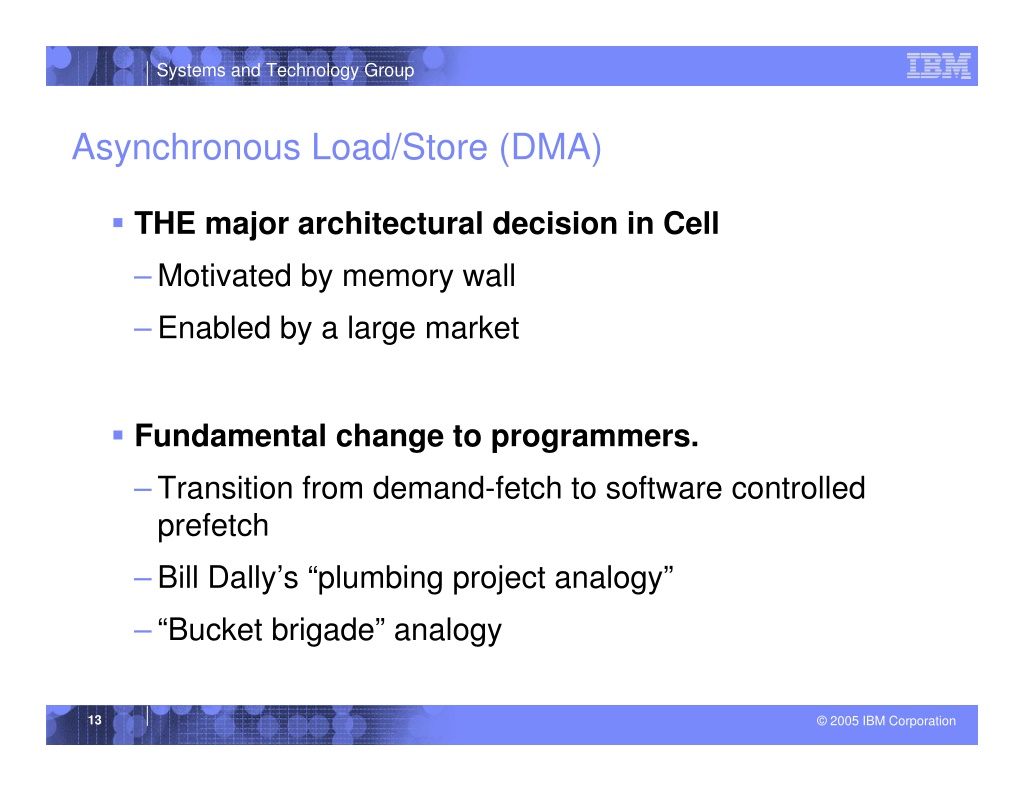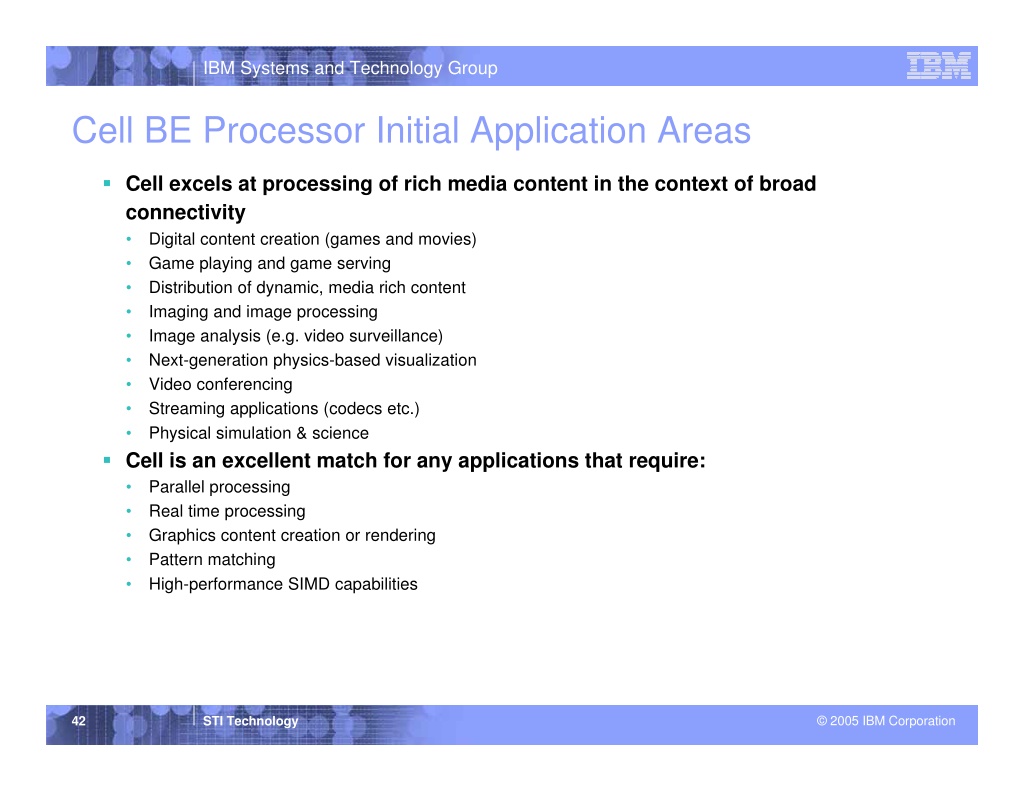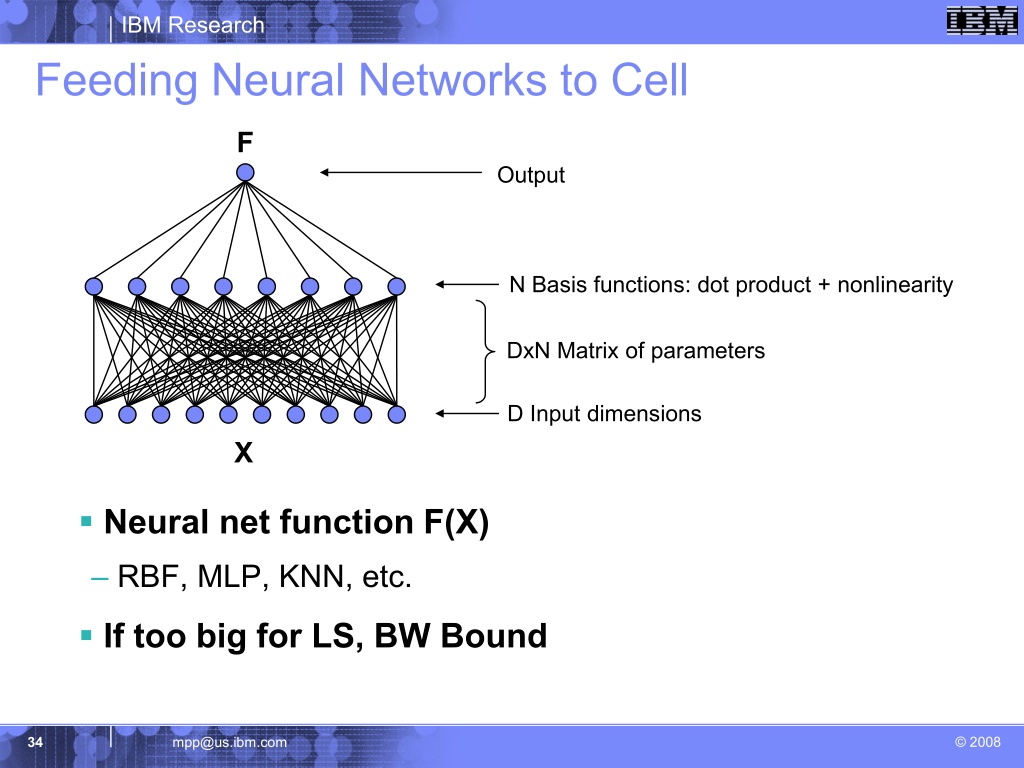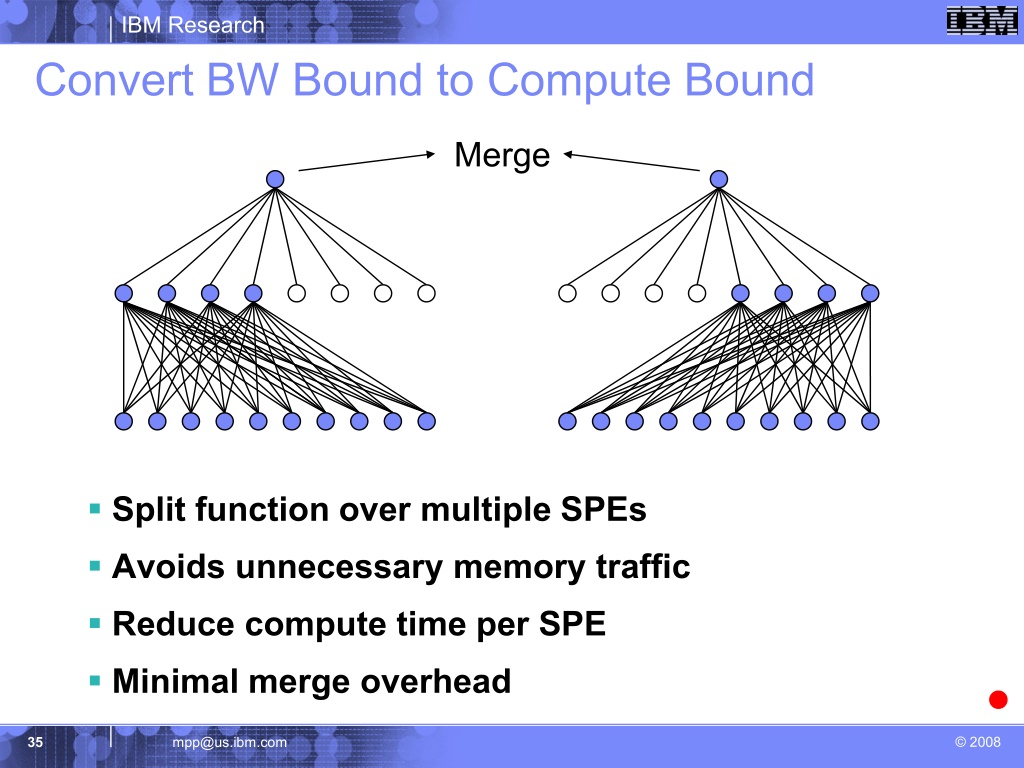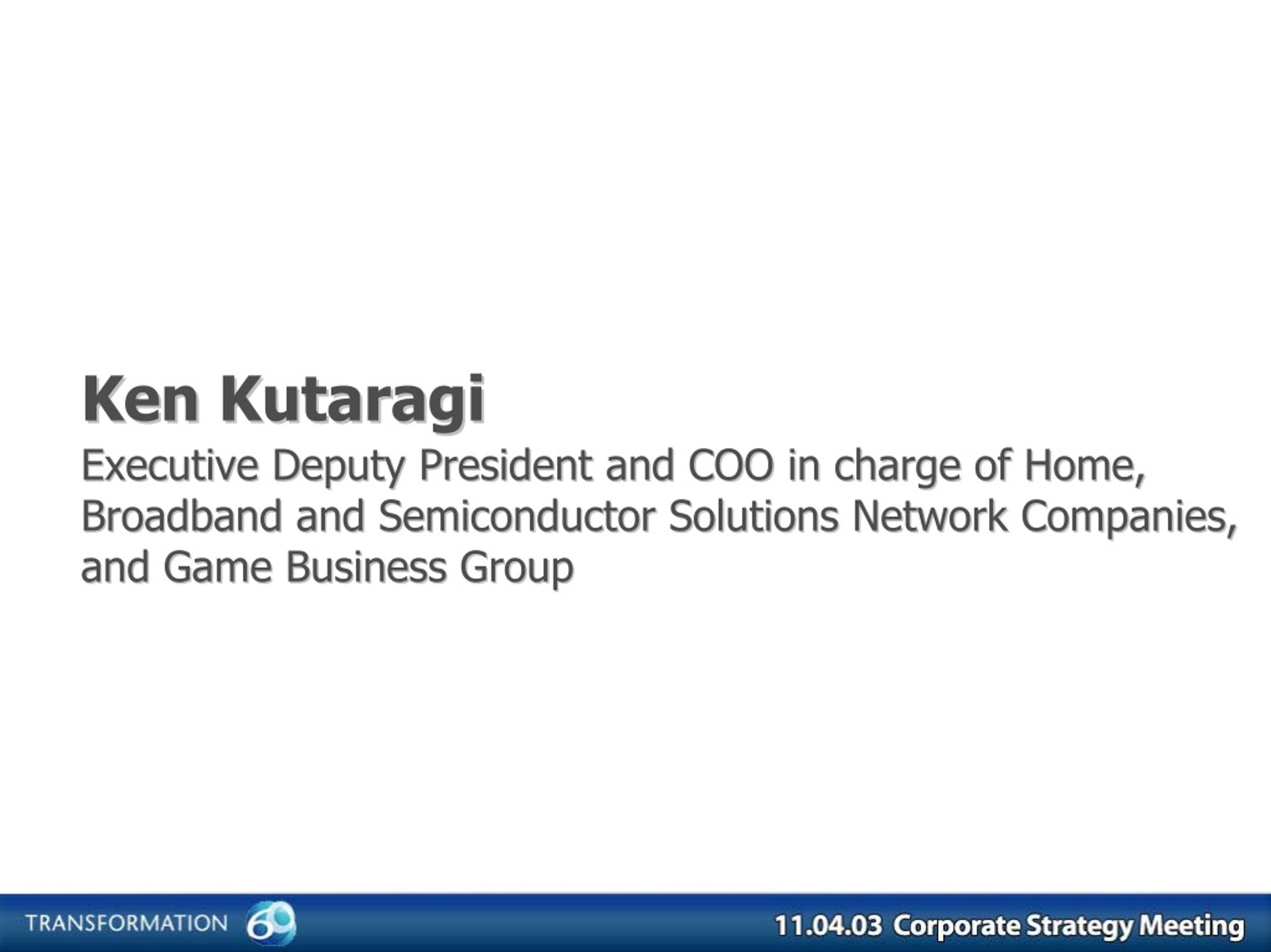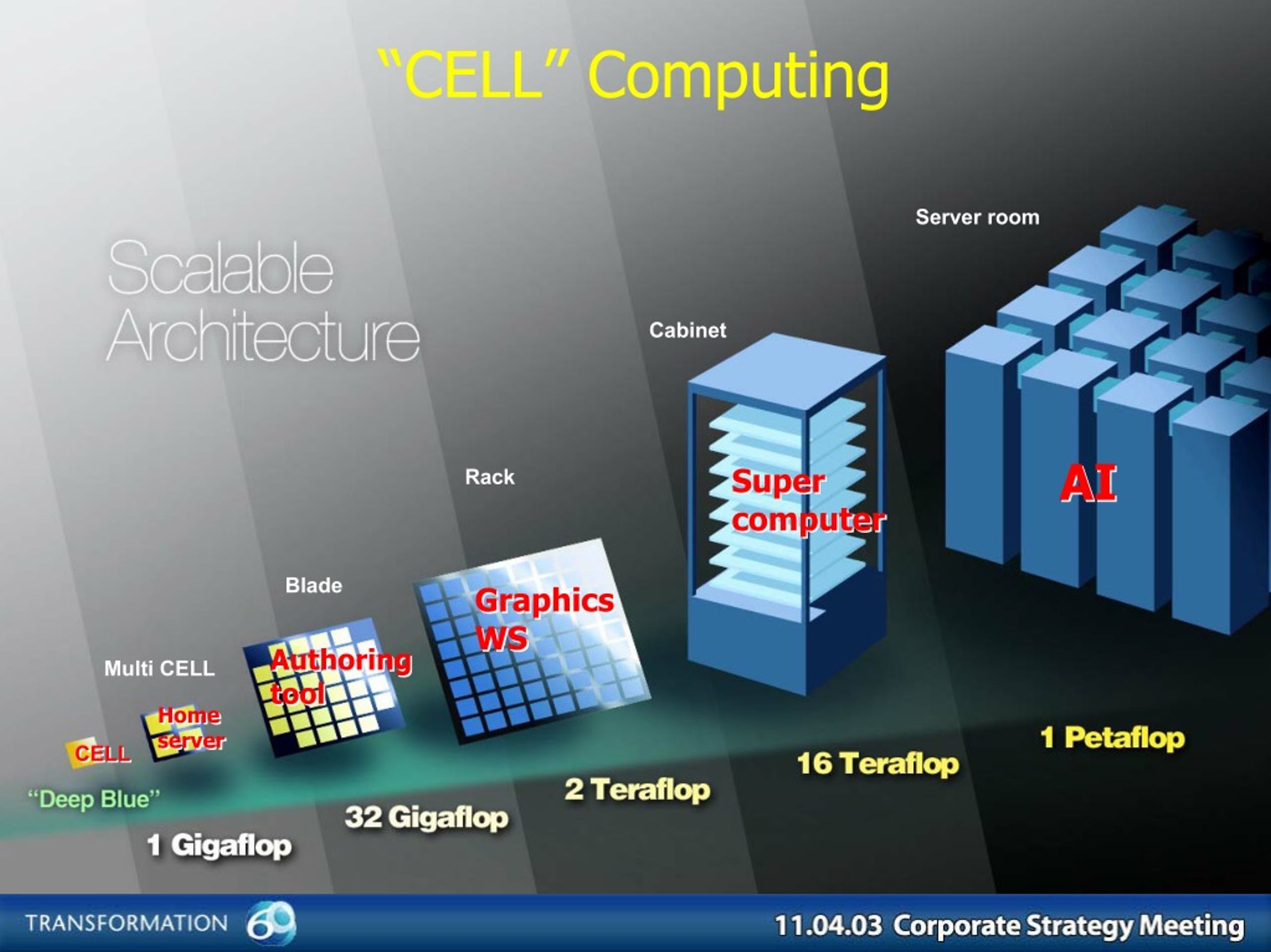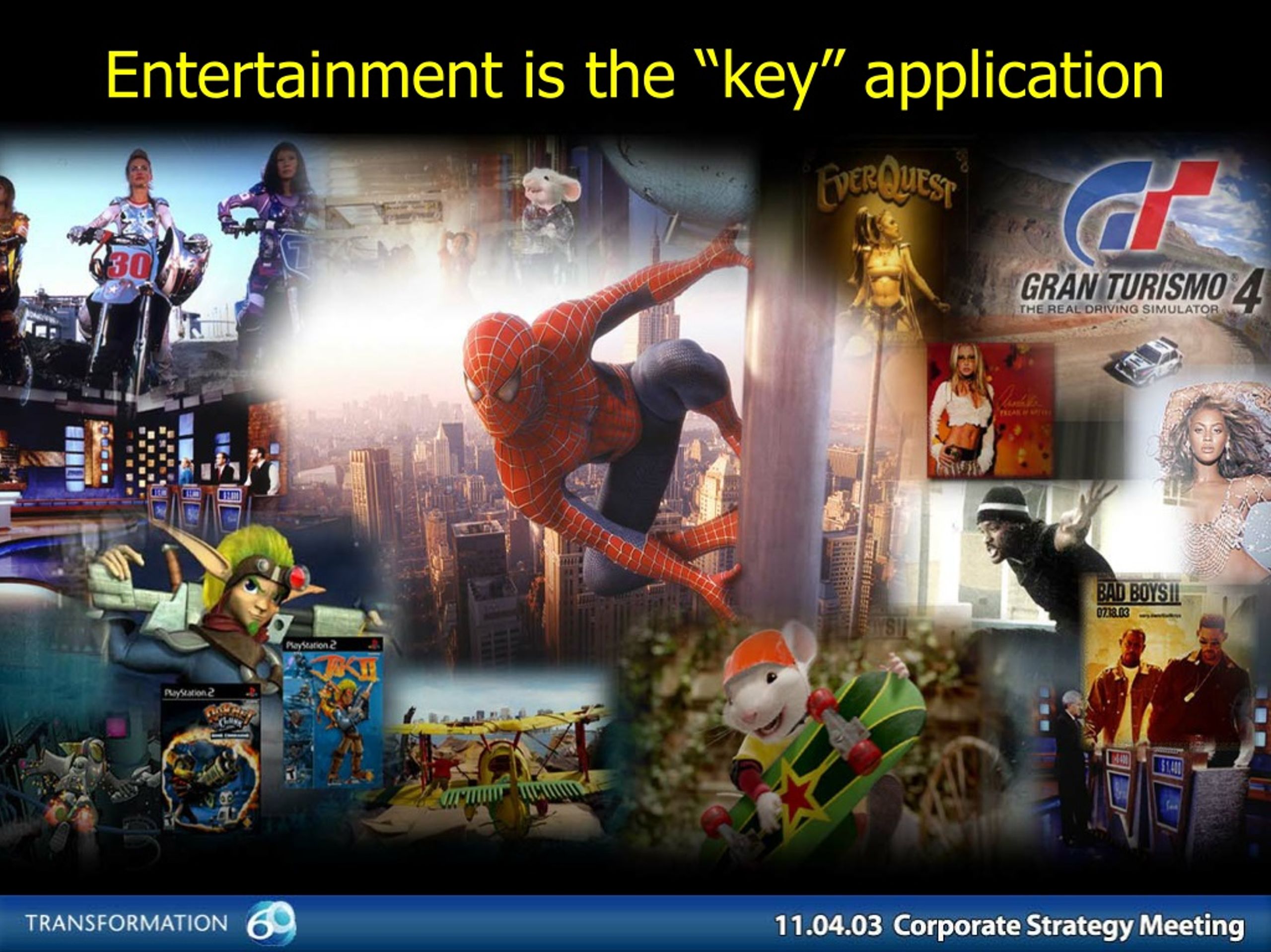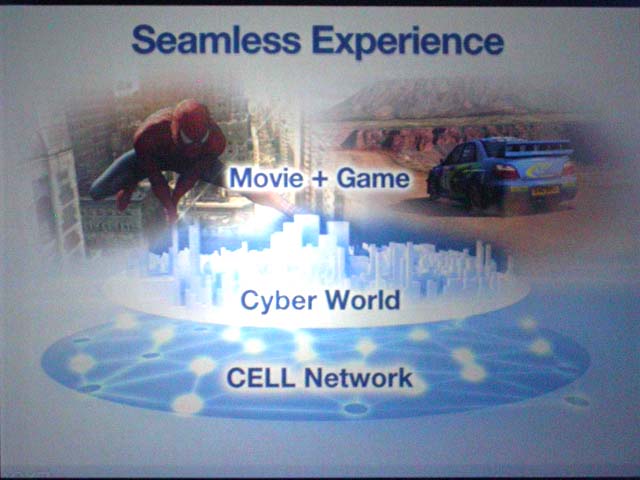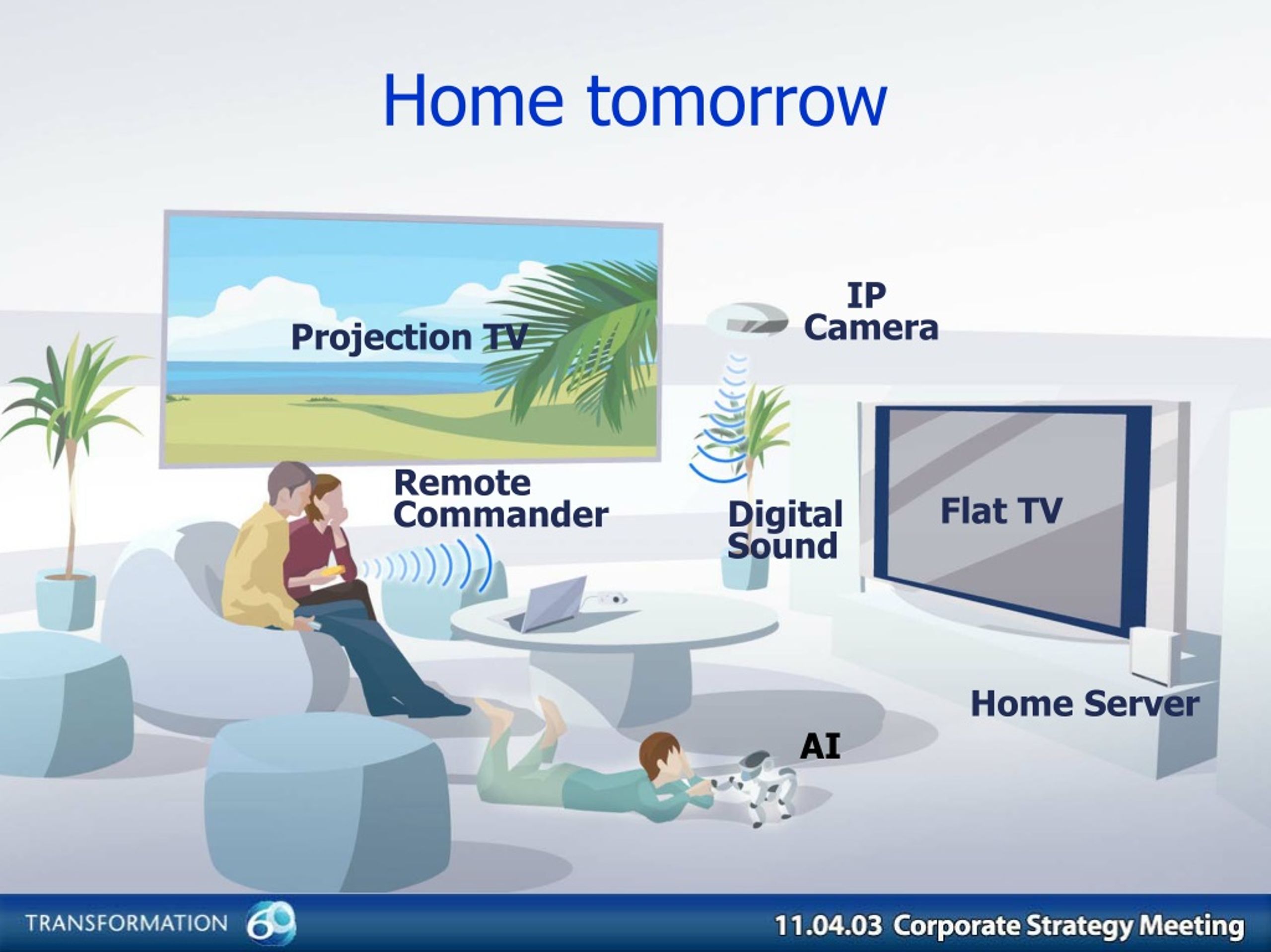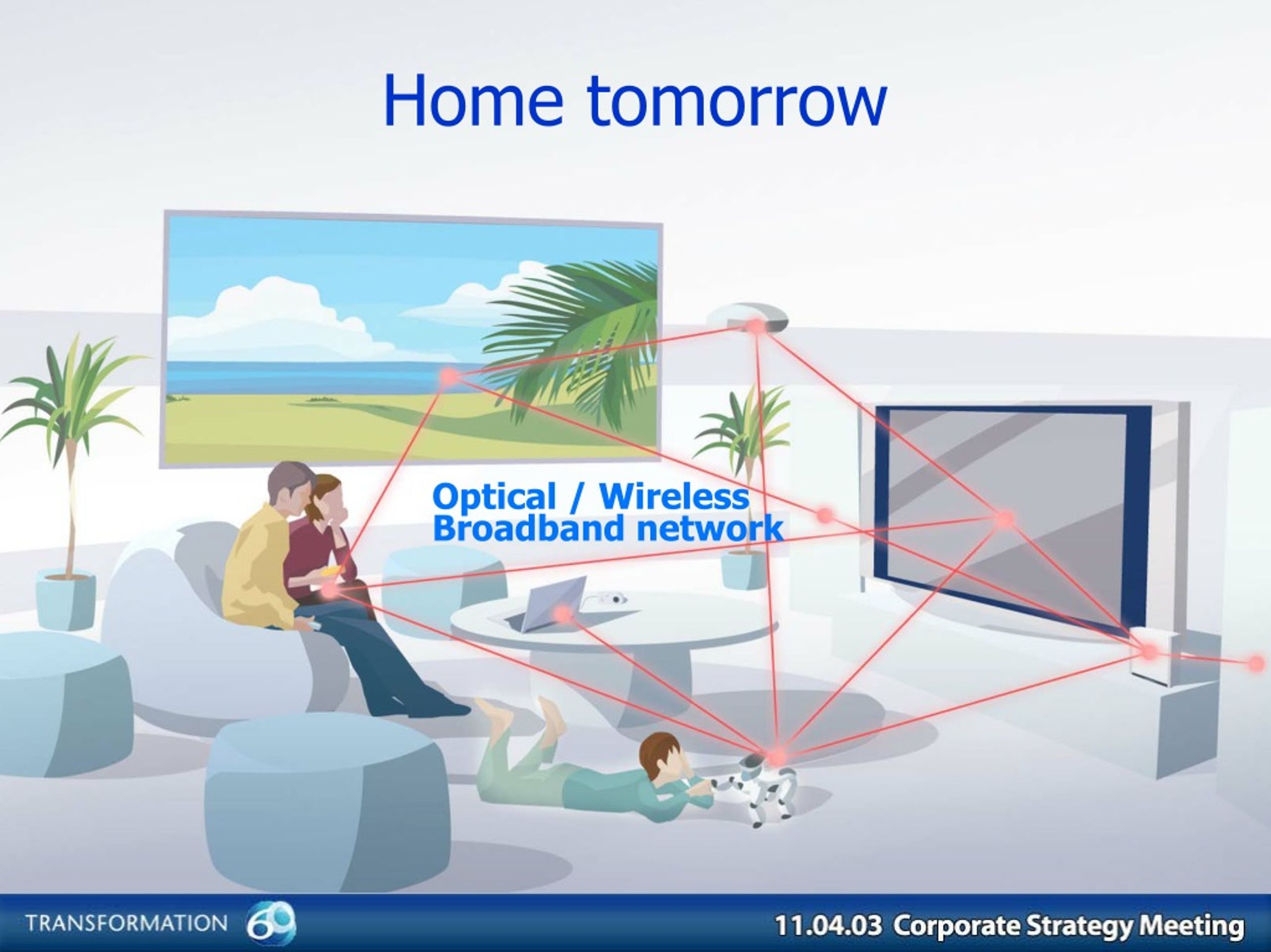Lying? I doubt it. The RSX probably had a totally different topology compared to PC GPUs from that era since it was specifically designed for an unconventional heterogeneous CPU that blurs the line between itself and GPUs...
"
The RSX is designed to work closely with [the Playstation 3's Cell processor] in a closed-system environment"...
"The Cell processor has multiple processors that can execute different threads and produce geometry, texture, and shader information for the RSX to consume." -- Jen-Hsun Huang (quotes are from another forum, so not going to link)
Wrapping CELL up in the RSX? Sure, David Shippy did it too...
"Again, they're completely different models. So in the PS3, you've got this Cell chip which has massive parallel processing power, the PowerPC core, multiple SPU cores…
it's got a GPU that is, in the model here,
processing more in the Cell chip and less in the GPU. So that's one processing paradigm --
a heterogeneous paradigm." --
David Shippy
By the way, the Shippy quote I pulled came from an article of him clearing the record on his book.
If by "Sony rasterizer" you mean the 1 Ghz GPU that Toshiba designed for PS3 but couldn't produce in sufficient yields, then yeah the plan fell apart. If you're referring to a CELL-based GPU Kutaragi supposedly had in mind for PS3 initially, then that's a fallacy. I touched on it in a prior post...
I wanna see a new tomb raider with Abby from tlou2 as the main character. Can you imagine the climbing sequences, bounding over mountains in a single pull. That's just wrong. Laura must remain the typical supermodel archeologist type.

www.neogaf.com
That's a myth. The entire point of the
CELL Broadband Engine was to create a general purpose CPU capable of mimicking the functionality of
a cellular neural network (CNN) -- a once novel parallel computing paradigm first proposed by Leon Chua and Lin Yang in 1987. Here's some takeaways from their paper....
- The key features of neural networks are
asynchronous parallel processing, continuous-time dy-namics, and
global interaction of network elements.
- Some encouraging if not impressive applications of neural net- works have been proposed for various fields such as opti- mization, linear and nonlinear programming, associative memory,
pattern recognition and
computer vision [5]-[12].
-
Cellular neural networks share the best features of both worlds; its continuous time feature
allows real-time signal processing found wanting in the digital domain and its local interconnection feature makes it tailor made for VLSI implementation.
-
Cellular neural networks are
uniquely suited for high-speed parallel signal processing.
- Conventional digital computation methods have run into a serious speed bottleneck due to their serial nature. To overcome ths problem,
a new computation model, called "neural networks," has been proposed, which
is based on some aspects of neurobiology and adapted to integrated circuits [2]-[4].
The features and applications bolded in the takeaways can be found on CELL-related presentation slides from IBM...
and if you read some of Kutaragi's interviews, you'll find that he used similar language to Chua and Lang when discussing his objectives for CELL and its nature within the context of a network...
"The idea of
a computer architecture that emulates living organisms struck me as I was swimming through a sea of ideas.
A network made of cells that works like a single computer? I felt this wild urge to try out that sort of thing." --
Ken Kutaragi
"The chip came out far beyond my expectations. When this product was launched, I set out a number of propositions, like "
I want distant cells on earth connecting and communicating with each other organically," "
there should be object-oriented ideas,"" --
Ken Kutaragi
So no, a PS2 on steroids wasn't the thing Kutaragi was chasing when he realized the CELL Broadband Engine. He was in pursuit of an architecture that would fundamentally change computing in hopes of changing the digital landscape on a global scale. It was his hope since the '80s (the decade Chua and Lang submitted their paper on cellular neural networks to the IEEE) and PS3 was the vessel he literally put his hope in...
EET:
Then the Cell processor was conceived for gaming? --
EETimes
Kutaragi:
No, it is for computing but I wanted to change the concept of computers. The name of our company is Sony Computer Entertainment; I wanted to merge computer technology and entertainment. It may be regarded as game applications for the time being, but
I wanted to realize the day when "computer entertainment" would mean all such entertainment applications, including games"... "The PS1 and PS2 were based on computer technology, but they were still transitional. At the next stage, I hoped to tackle computer technology from the start.
I have harbored that hope since the 1980s." --
Ken Kutaragi
"Though sold as a game console, what will in fact enter the home is a Cell-based computer." --
Ken Kutaragi
To partially reiterate and end, Kutaragi's ultimate goal with the CELL Broadband Engine (not to be reached until around year 2026/27 by my estimate)...
was to birth a neural network-based AI for the creation, management and distribution of music, movies, games and other digital content from/to any location in the world upon request (be it verbal or non-verbal) using a variety of devices...
"The model image for the Cell-based network may be the Internet: Servers around the world form one virtual "computer," and each PC accesses it.
One Cell or cluster of Cells can also function as a server; but whereas the present Internet mainly handles characters,
applications on the Cell network will also handle semantics and reasoning." --
Ken Kutaragi

